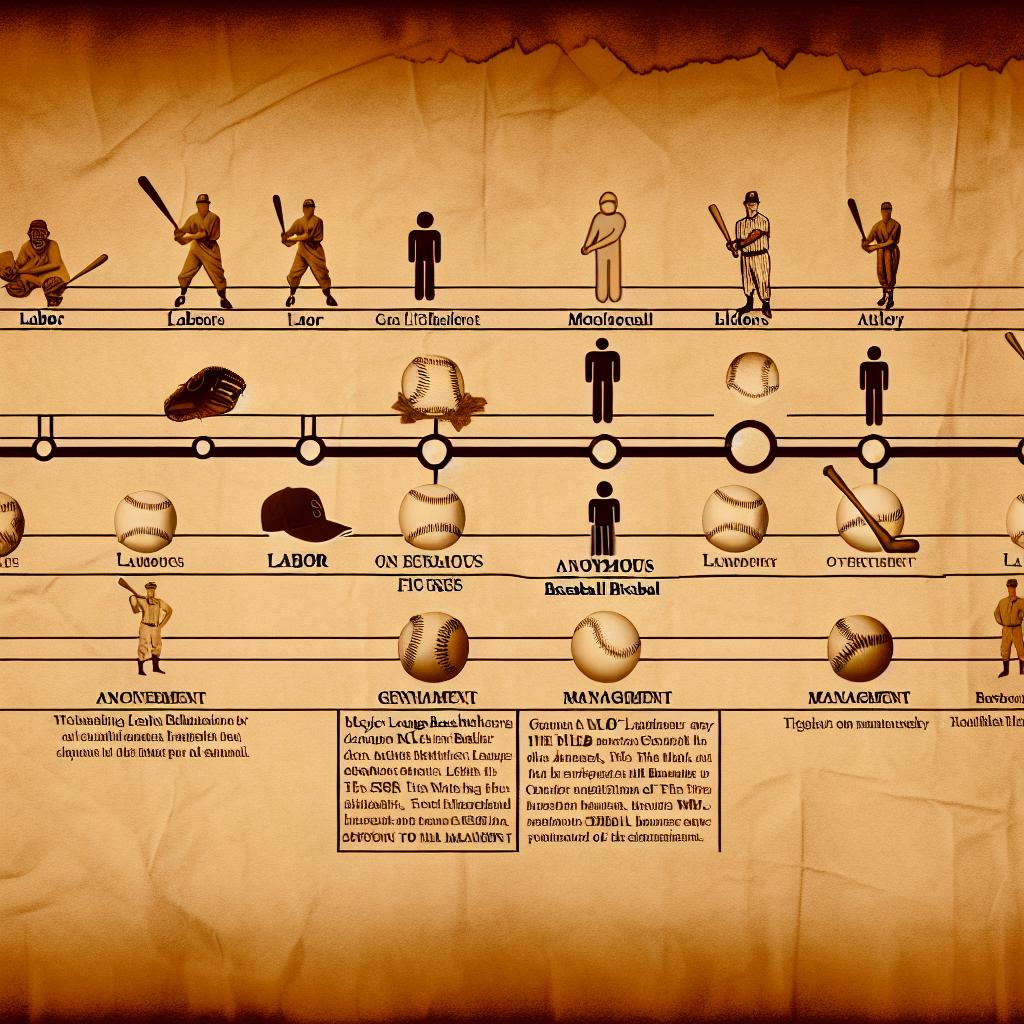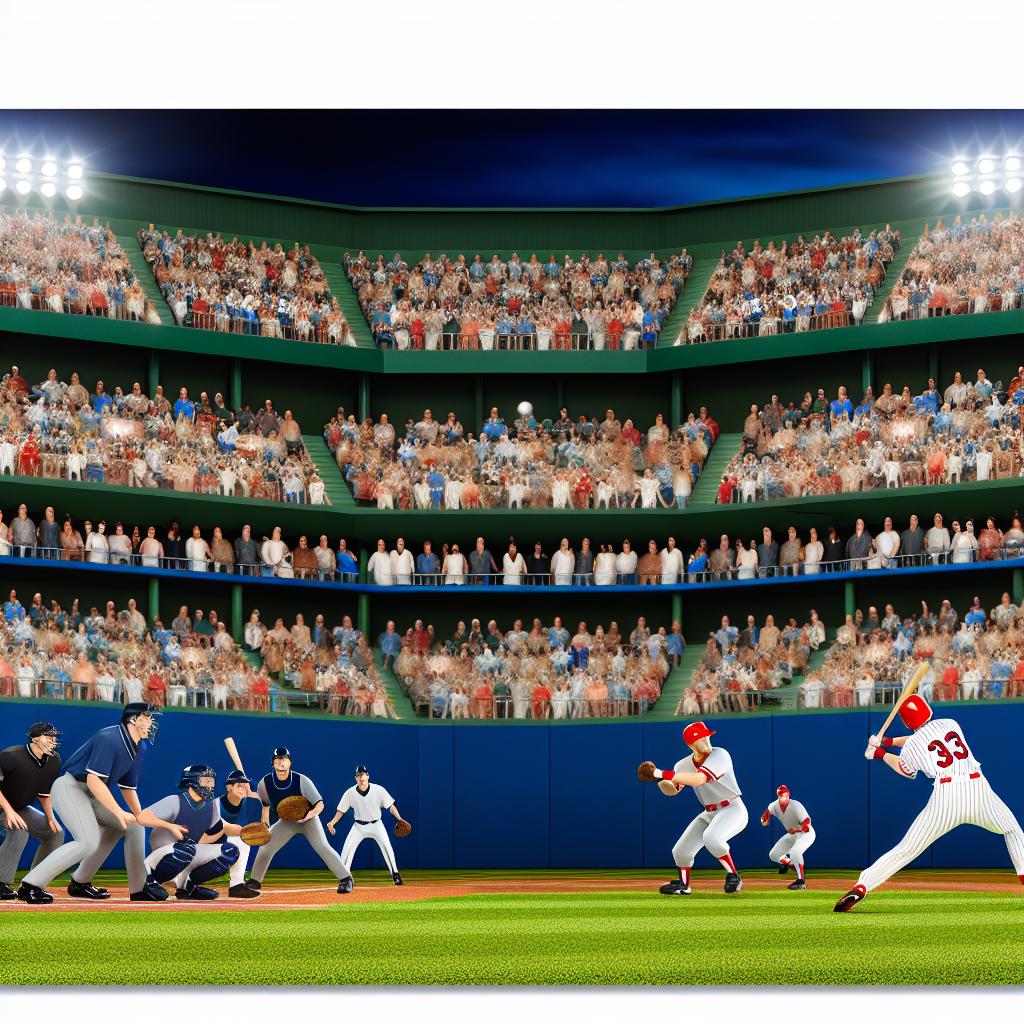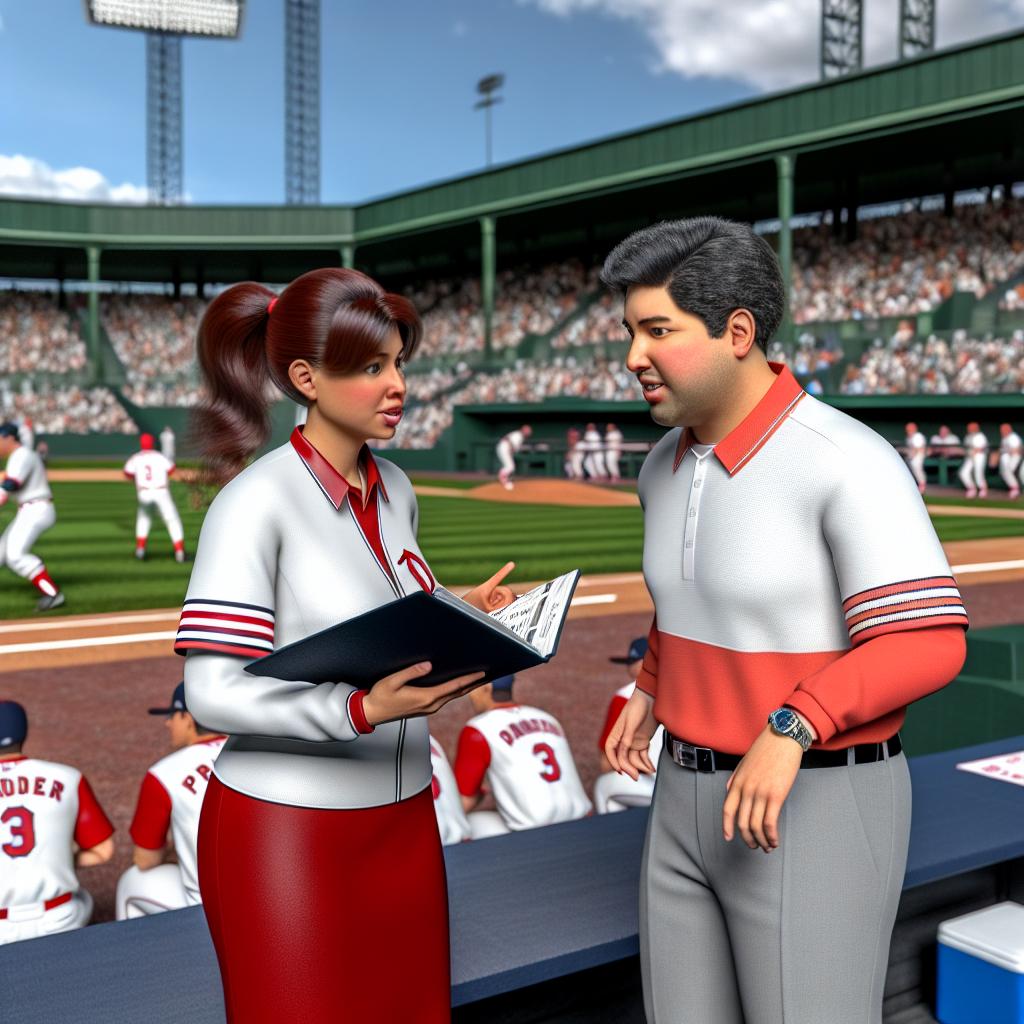The Early Challenges: 1972 Players’ Strike
The landscape of Major League Baseball (MLB) has been periodically reshaped by labor disputes, marking significant moments in its history. An essential episode in this narrative unfolded with the 1972 players’ strike, setting a new tone in labor and management negotiations. The initiating factor behind the 1972 strike revolved around pension fund contributions. The players, represented by their organization under the astute leadership of executive director Marvin Miller, sought an increase in these pension fund payments from the team owners. According to the players, the existing contributions were not adequate and needed recalibration to reflect changes in the economic landscape.
This standoff between the players and owners led to the cancellation of 86 games, disrupting the regular season schedule. Nevertheless, the players’ organization proved resilient and successful, achieving the desired increase in pension contributions. This achievement was not just a win on monetary terms but also set a critical precedent for future negotiations between players and owners. It reinforced the idea that while challenges exist, organized and strategic bargaining could yield results.
The Changing Landscape in the 1980s
The 1980s were a transformative period for MLB, characterized by evolving labor relations. During this decade, the players’ union saw a significant strengthening and began focusing on contentious issues like free agency rights and salary arbitration. One of the most important labor confrontations of this decade was the 1981 strike. It was a defining moment, stretching from June 12 until July 31, where the players took a strong stand on issues concerning free-agent compensation.
The players’ resistance was primarily aimed at opposing the owners’ demand that teams losing free agents should receive player compensation from the signing teams. The strike, lasting nearly two months, resulted in the suspension of 713 regular-season games. Although eventually a settlement was brokered, this strike underscored the escalating tensions between players and owners, setting the stage for subsequent labor conflicts.
In the latter half of the 1980s, further complications emerged with allegations of collusion among team owners. It was alleged that owners were secretly colluding to restrain the objectives of free agency, effectively undermining the bargaining power of players. Following detailed legal investigations and proceedings, players were awarded damages, a decision that further fortified their bargaining authority. These instances collectively marked a shift in the power dynamics within MLB, redefining how labor and management interacted.
Impactful Strikes of the 1990s
Among the labor disputes in MLB’s history, the strike beginning on August 12, 1994, stands out due to its length and the extent of its impact. This strike extended into the following year, concluding only on April 2, 1995, resulting in the cancellation of over 900 games, including the entire 1994 postseason and the prestigious World Series. The central issues sparking this dispute were the owner’s intention to implement a salary cap and introduce new elements in revenue sharing mechanisms.
The loss of the World Series was particularly damaging; it was the first time since 1904 that the championship had not been held, which severely affected the sport’s standing and viewership. While the strike was ongoing, the divide between the players and the owners became acutely noticeable, drawing attention to the inherent disparities within the negotiations over economic terms. Ultimately, the owners rescinded their demand for a salary cap, a development that highlighted the persistent divisions within MLB’s labor landscape.
The federal courts played a pivotal role during this tumultuous period, stepping in with a legal injunction against the owners to facilitate the resolution of the dispute. The strike’s resolution brought about significant changes in the collective bargaining process, stressing the need for a more systematic and well-structured approach to labor negotiations in the future. The ripple effects of this strike were felt widely, affecting not just the internal dynamics of MLB but also the fan base, leading to a notable dip in both attendance and television viewership in the immediate years that followed.
Into the 21st Century: Recent Labor Relations
The transition into the 21st century saw a more composed approach to labor relations within MLB, although challenges persisted. The 2002 season was marked by a narrow escape from a potential strike, with an agreement being reached just hours before the intended player walkout. This period witnessed the formulation of collective bargaining agreements focusing on areas such as revenue sharing mechanisms, luxury tax thresholds, and comprehensive drug testing policies.
Particularly in 2011 and 2016, negotiations were conducted peacefully, concluded without disruptions to game schedules. However, the year 2020 witnessed resurfacing tensions, exacerbated by the COVID-19 pandemic, leading to intense disputes over the season’s structuring and players’ compensation. The pandemic highlighted pre-existing issues, necessitating negotiations that addressed both immediate and systemic economic concerns within MLB. While agreements were eventually reached, they revealed persisting friction between the parties involved, emphasizing the need for more robust mechanisms for dispute resolution. Discussions among analysts and observers continue to focus on these developments, with implications for future collective bargaining agreements.
Conclusion: Legacy and Future Prospects
The narrative of labor disputes within MLB offers deeper insights into the broader dynamics of labor relations, emphasizing the balance of power between employers and employees and the critical role of collective bargaining. Each significant strike or dispute has left an indelible mark, influencing labor negotiations not only within MLB but across other professional sports leagues as well. As MLB moves forward, the ongoing challenge lies in maintaining labor peace and fostering a collaborative and constructive relationship between players and owners. The lessons extracted from past strikes remain crucial, guiding contemporary dialogue and ensuring that the sport continues to evolve in tandem with changing economic and social landscapes.





